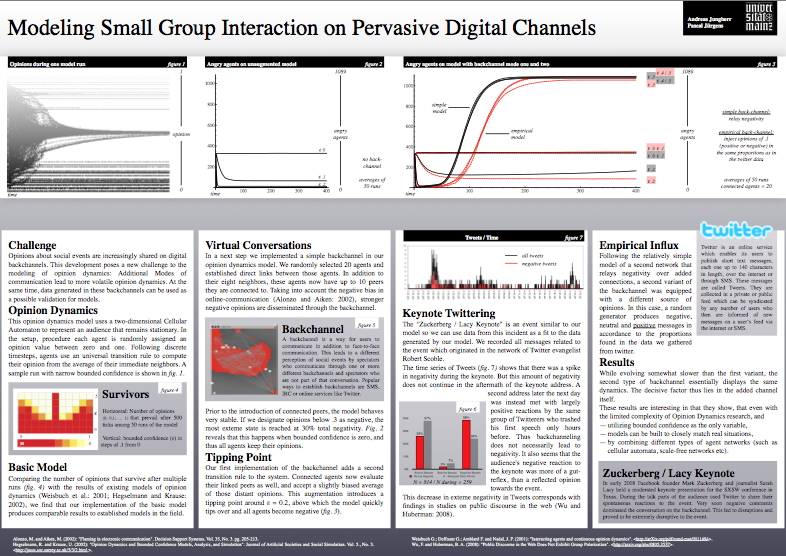A few days ago @zenpundit wrote on his blog about the concept of the quantum library. Jay@Soob has tracked this idea back to a posting on The Innovationist blog. Here a quantum library is defined as containing
the layer that co-exists as a member of both the Library and the Anti-Library. It is something you may have read, but when read again with a different perspective it exists in another form. These type’s of books are the ultimate for a bibliophile. It is the layer described above and contains the texts that you re-read.
Since a former project by @zenpundit and Soob regarding the antilibrary proved to be great fun, I started to think about my quantum library. So, after careful consideration, here are the books that qualify for the shelves of my quantum library:
Niccolò Machiavelli: Il Principe For a political scientist with a focus on the dos and don’ts of practical political leadership, this is an embarrassingly obvious choice. Machiavelli’s short text proves different each time around. It was a different book after I visited Firenze, I read it differently after I worked on a political campaign and when I reread it in preparation for my thesis I found yet another text. Now I am waiting for its next incarnation.
Michel de Montaigne: Essays Montaigne is the grand seigneur of all the men of letters. Locking himself away from the world and writing his multi-volume essays was in itself stuff of legends. The scope of his work guarantees different discoveries each time one opens the meanwhile well worn pages.
Jorge Luis Borges: Ficciones and El Aleph Borges’ short stories are always rewarding but I find myself regularly revisiting his stories “The Immortal” and “The Babylon Lottery“. Always rich and always different.
Golo Mann: Wallenstein This incredibly detailed narrative of Wallensteins life and time tells of a man of action who in a time of manic change chose the vita activa. Like all great biographies this account of an active life changes its meaning to the reader with personal experience of battles won and battles lost.
Umberto Eco: Il pendolo di Foucault The first time I read Eco’s Pendulum I read it as a thriller of ideas. Only the second time I found it to be one of the greatest parables on the profession of historians. The permanent rewriting of history from the perspective of an ever advancing present has in all its grotesque splendor been seldom portrayed so accurately and so entertaining.
What would one find on the shelves of your quantum library?


